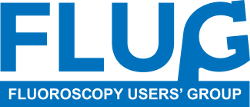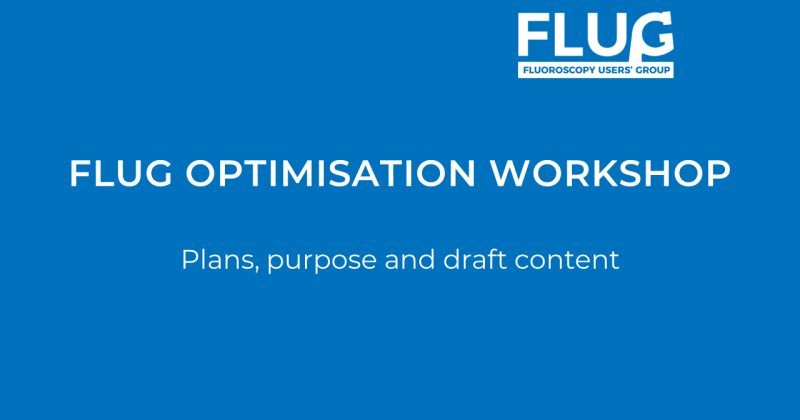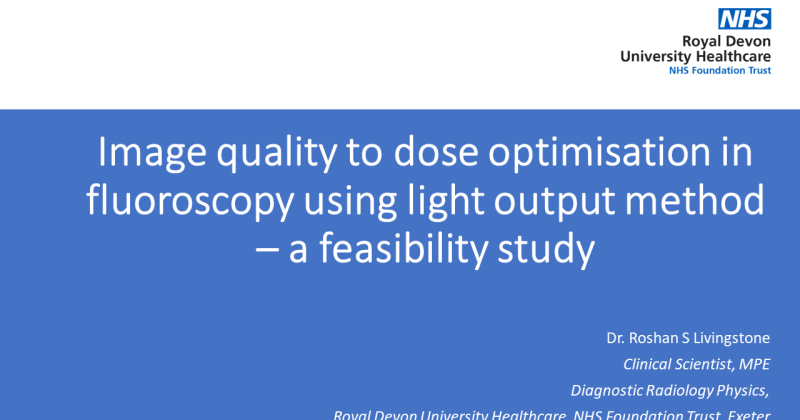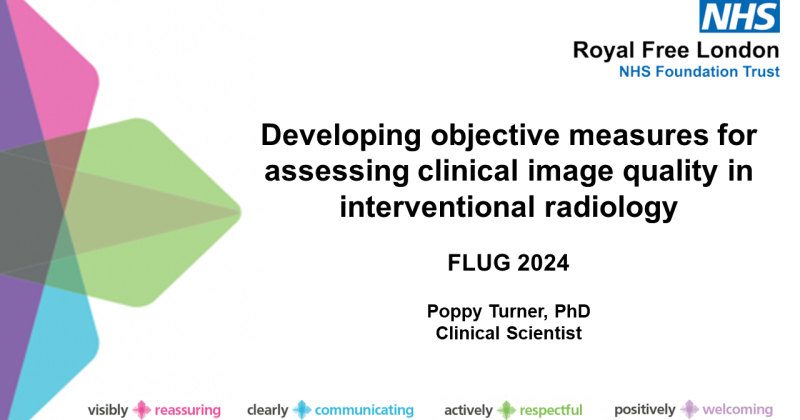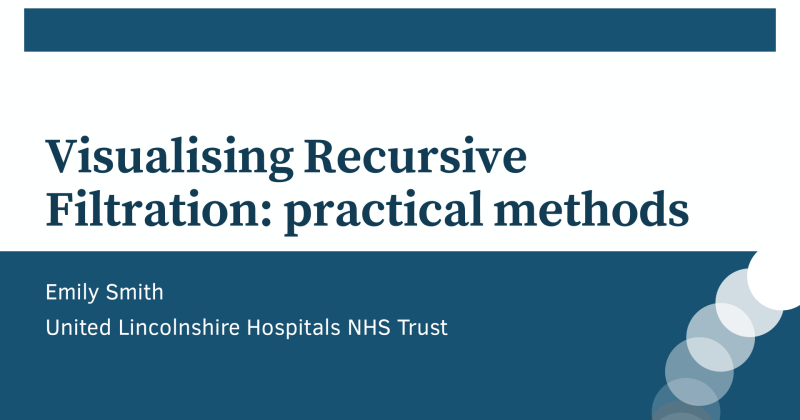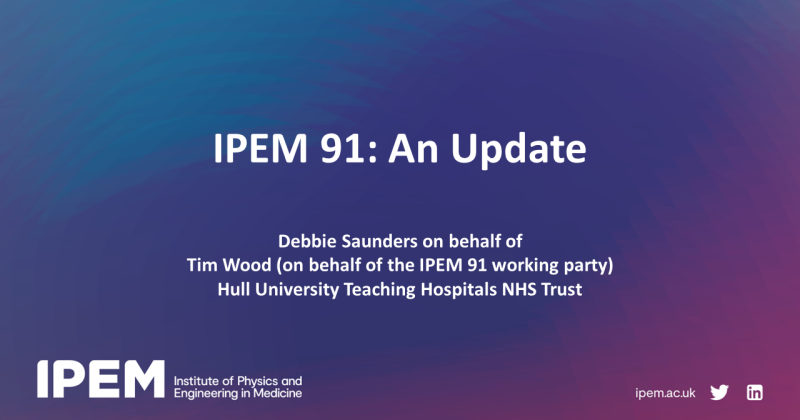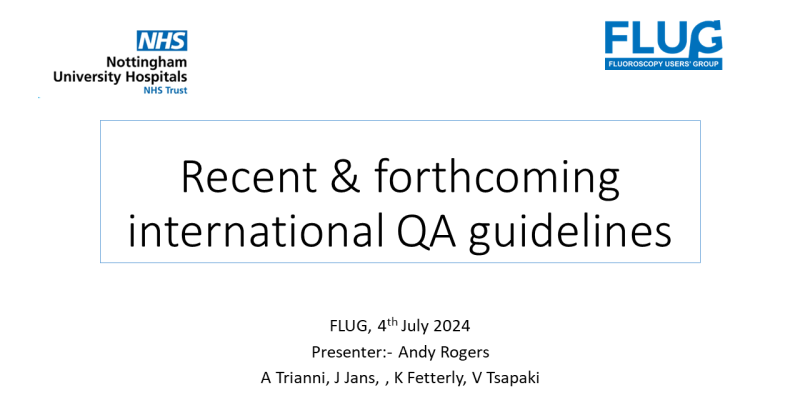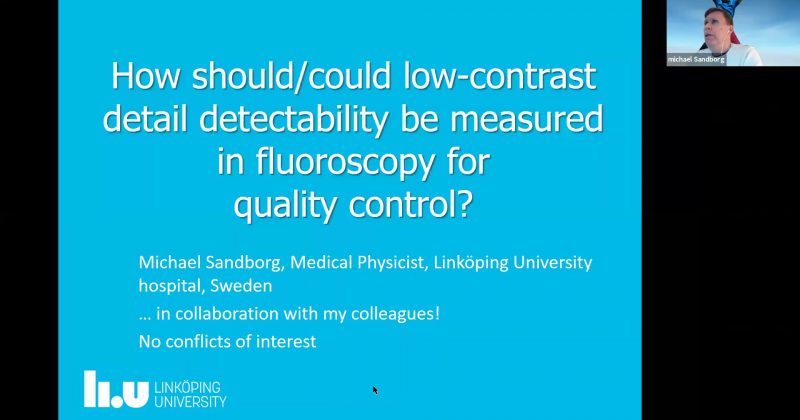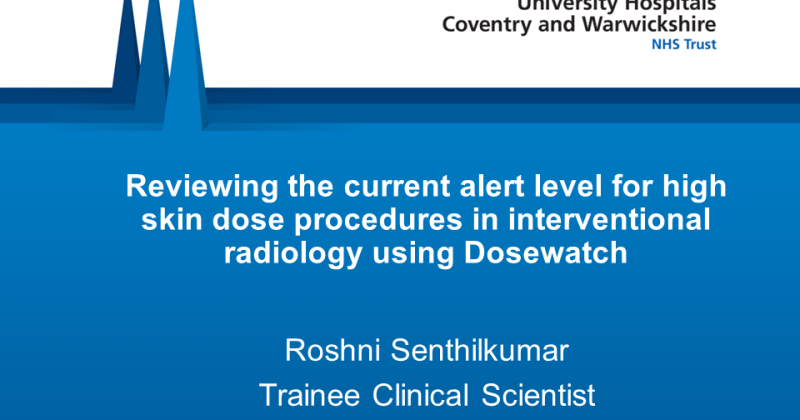
FLUG 2024 – Reviewing the current alert level for high skin dose procedures in interventional radiology using Dosewatch; Roshni Senthilkumar
Purpose: According to the Ionizing Radiation (Medical Exposure) Regulations 2017 Reg 12, the radiation dose during all procedures should be kept as low as reasonably practicable [1], however, high dose procedures are unavoidable and can lead to deterministic risk if occurred. According to the NCRP168 [2] and ICRP 2000 [3], deterministic effects can occur at a Peak Skin dose (PSD) of 2Gy or greater and medical follow-up is required. The dose area product (DAP) is the alert indicator used to estimate (PSD). The aim was to review the current DAP alert level utilized in the most common interventional radiology (IR) examinations at UHCW, with particular interest in exams for which the alert level revision was requested. A few exams had frequently been triggering the alert level even though the skin dose remained below the threshold for deterministic effects and this is identified in this report.
Methods: PSD was collected using DoseWatch which is installed in all GE interventional radiology suites. DoseWatch...
